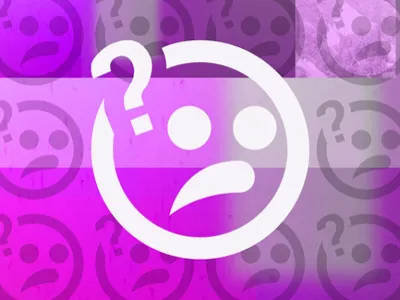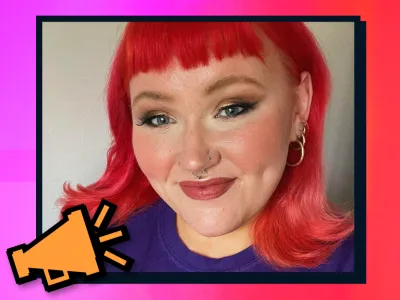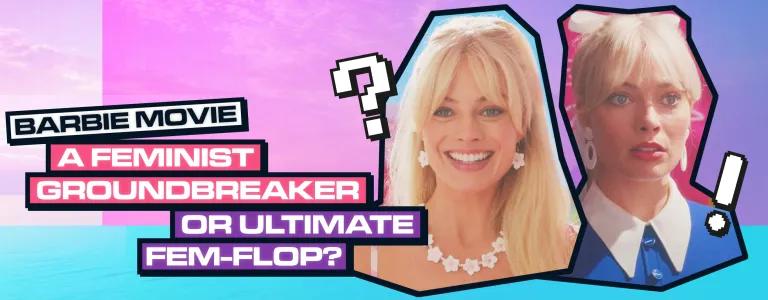
Barbie Review: A Feminist Movie or Total Fem-Flop?
Written by Yasmin (she/her), who wrote this while eating some watermelon. She has no sense of how late it is, and she should really go to sleep
5 min read
Since 21 July, cinemas that were becoming seemingly obsolete have boarded the gravy train, selling out tickets to sardine-packed screenings of the brand new and sparkling Barbie movie — the groundbreaking feminist movie of the year, or so it seems. Cue couples in pyjamas, friends in matching pink outfits, and the odd eyebrow-raising old’un sitting in the back row.
Is the movie as plastic as the Barbie dolls themselves?
Margot Robbie (actor and producer of Barbie) reached out to Greta Gerwig (the director), after seeing some of Gerwig’s previous works such as Ladybird and Little Women, and asked her to create a project together. In an interview with TV’s Sarah Ferguson, the two women mentioned that they felt Barbie had a ‘spark’ — something with potent cinematic potential thanks to the already raging success of the Barbie toy franchise. Robbie and Gerwig joked about how they had to slowly bypass Mattel's reluctance to many aspects of their vision (Mattel is the company that creates Barbie). The movie does poke fun at some of the real-life controversies surrounding Mattel, including issues of sexism and tax evasion, and so I have to wonder what would have ended up in the script if Mattel didn't have eyes in the backend of the production! However, this billion-dollar production is now the highest-grossing Warner Bros. movie ever, and unless you’ve been living under a rock you’ll know it’s had a huge hype.
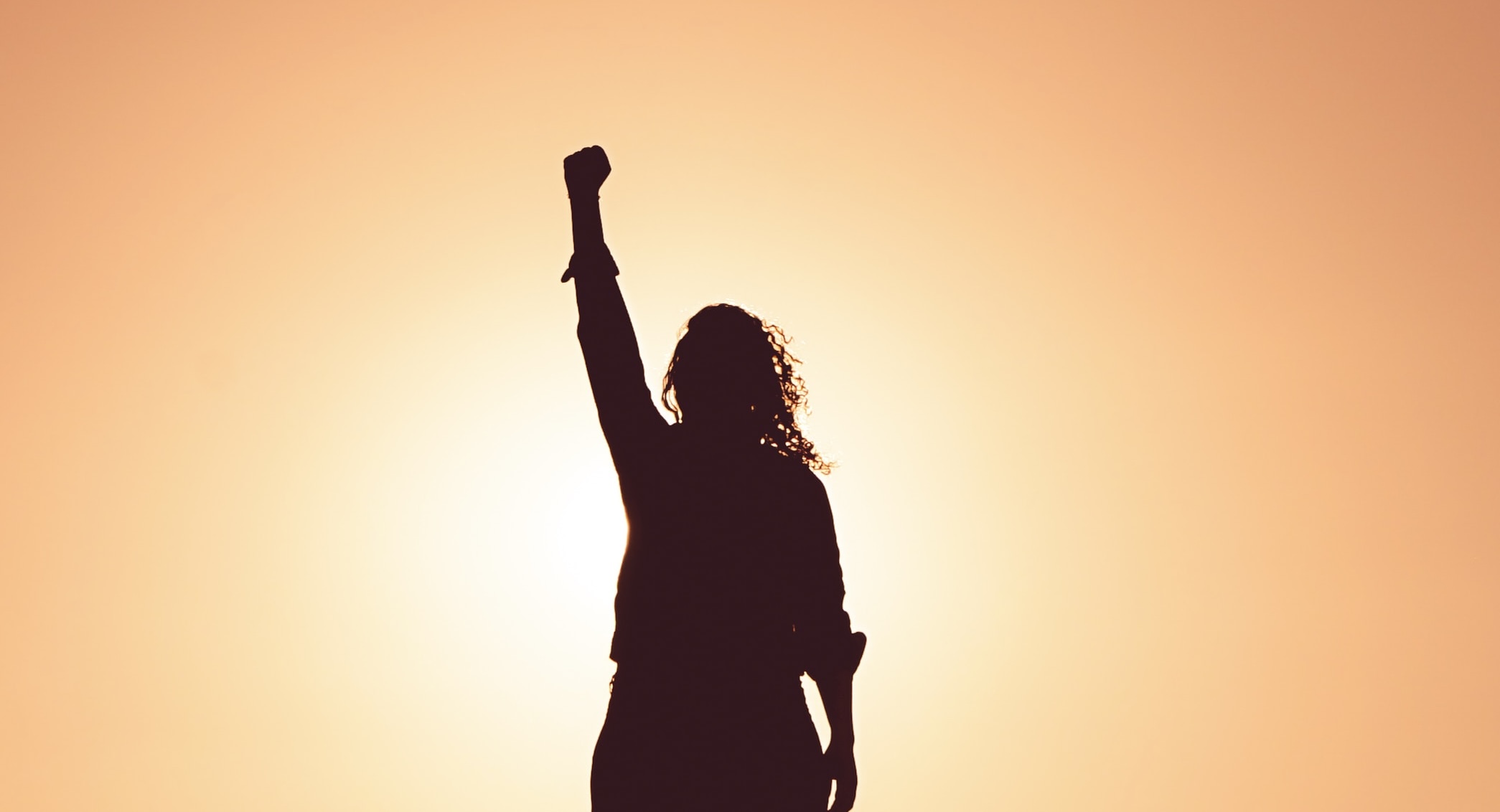
“Barbie is all these women. And all these women are Barbie.” — The Narrator
My first thoughts on the film — while listening to the Billie Eilish track which plays as the end credits roll — was a sense of lack and bittersweet disappointment. For all the hype surrounding the movie, the overall message of the production itself was, at best, indistinct. Why? Here’s why…
1.There was no real development to Barbie’s storyline. She didn’t have a fighting chance, between all the theatrical singing and Ken’s overdramatic obsessions with horses, to develop any profound connection to a mother figure. Barbie only meets Ruth Handler (the inventor of Barbie) near the end of the film. I would have liked to have witnessed a raw, human, and intimate connection being fostered, and to see a type of motherly relationship developing. But, nope! While Barbie is unfamiliar with motherhood and the experience of ageing, cultivating a relationship with someone like Ruth Handler would have allowed us to see Barbie’s emotional understanding of humanity evolve. It would have created the perfect opportunity for people in the audience, who don’t have a healthy parental relationship, to understand the experience better.
2. Many aspects of women-hood didn’t get the representation they deserved. Gerwig presumably wanted to be inclusive in her casting decisions. Yet actors such as America Ferrera, who played Gloria, should have given Gerwig ample opportunity to include more anecdotal and intersectional struggles about being a Latina woman in today’s society. Disappointingly, the movie didn’t depict anything beyond generic and surface-level women's issues. While Gerwig did include BIPOC and plus-size Barbies, and Barbies with physical disabilities, unfortunately none of those Barbies got any lines and so it came across as an unconsciously ableist casting decision by reducing them to just their impairments and nothing more. On this topic, I noticed the absence of any Barbies with mental health issues. The only one bearing any traits resembling neurodiversity was given the title of ‘Weird Barbie’. Supposing the intention was to show how abnormal any imperfections are in Barbie Land, and if Gerwig’s goal was to reflect the current state of society where physical disabilities are still more ‘socially accepted’ than mental disabilities, then I still feel the topic of exclusion could have been presented in a more creative way.
3. The penultimate scene didn’t ‘hit’. This scene was a compilation of various clips of the cast and crew childhood memories with their mothers. But, personally speaking, it didn’t ‘hit’ as emotionally intended.
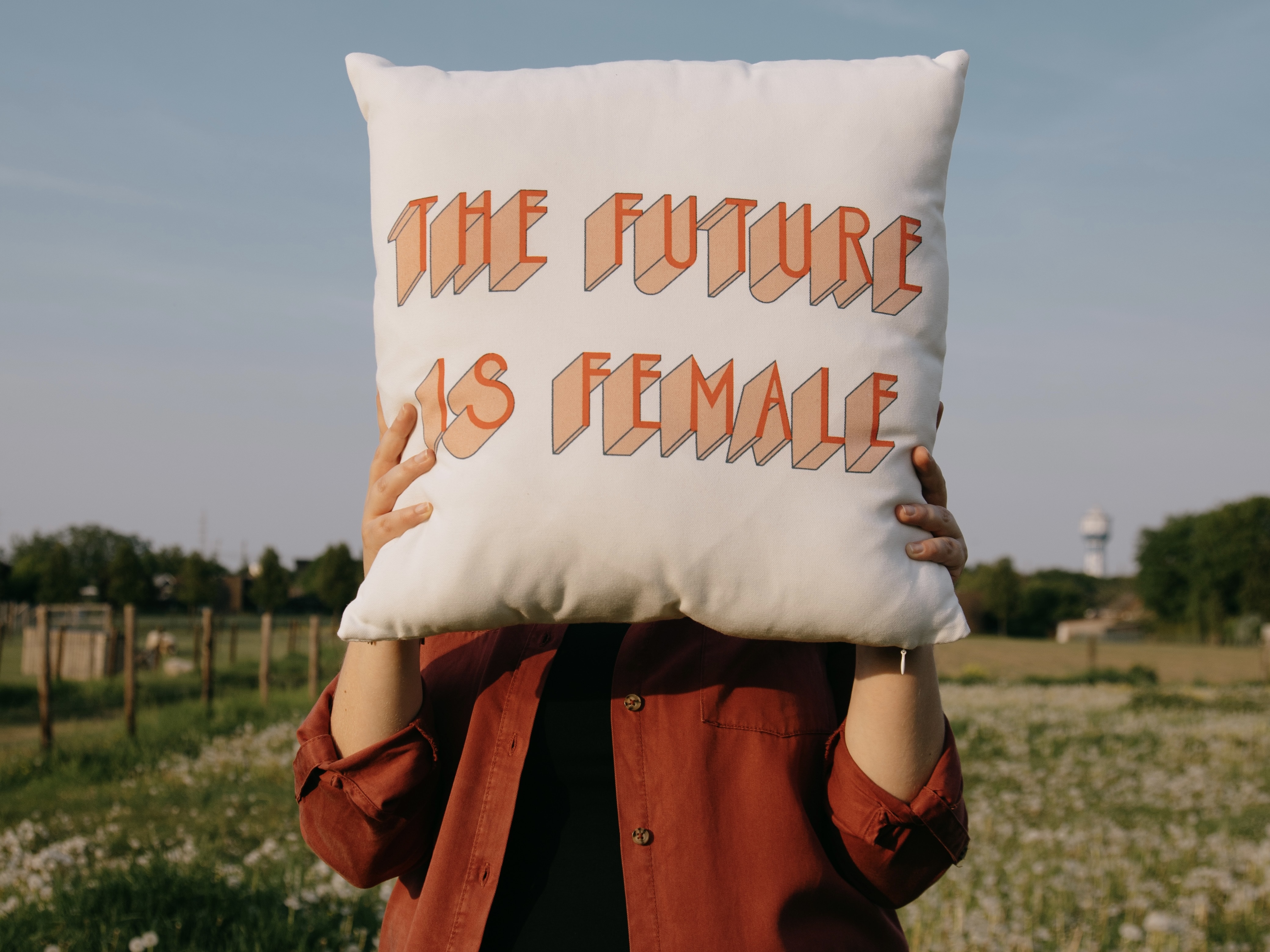
Ken and the Mojo Dojo Casa House
The depiction of the different Kens was rather humorous, although I feel many people failed to recognise the satire in their wildly dramatic reaction to gaining power in Barbie Land — and their decision to rule it as a patriarchy. I’ve heard the accusations of the film being man-hating, but my take is that most of the Kens’ reactive behaviour pokes fun at the exaggerated arrogance associated with toxic masculine ideals. Something that Gerwig depicted quite cleverly was that, when the Barbies ruled Barbie Land, the Barbies didn’t really care too much about the Kens and didn’t bother them much — but as soon as the Kens formed a patriarchy, they brainwashed all of the Barbies into being vegetative housemaids happy to serve their every whim. Make of it what you will!
Delving into the wardrobe of Barbie
I’d like to end this movie review on a positive note, so I’d like to share my thoughts on some of the costume design choices for Barbie throughout the movie. I thoroughly enjoyed seeing how Barbie’s clothes reflected her journey and while there are many I could mention, I’ll focus on just a few. First up, when we see Barbie first enter Barbie Land, she wears a pink Gingham dress resembling that of Dorothy from the Wizard of Oz, a film which famously symbolises fantasy and the idea that you can accomplish anything you set your mind to. If you didn’t notice the easter egg, the path from Barbie Land is composed of a pink brick road!
As Barbie and Ken arrive together in the real world, they wear matching colourful outfits inspired by the 1994 Hot Skatin’ Barbie, while everyone around them wears significantly more drab shades — the contrast of which highlights Ken and Barbie’s ‘new rose-tinted glasses’ of experiencing the real world for the first time.
Lastly I’ll mention Barbie’s final outfit of the film, which is a 60s inspired blue dress with a perfect white bow. We, the audience, think that she’s dressed up to go and do something professional in the real world like attending a job interview, but in fact she’s wearing it to her first ever gynaecology appointment — not only does this have the audience laughing (as it plays on a joke in the movie where she mentions she and Ken do not have genitalia), but it also reminds us that something as natural (and often scary) as visiting the gynaecologist is part of our intrinsic humanity and womanhood.
If you haven’t yet seen the movie, my advice is to forget the hype — and make your own opinion on this billion dollar production!


